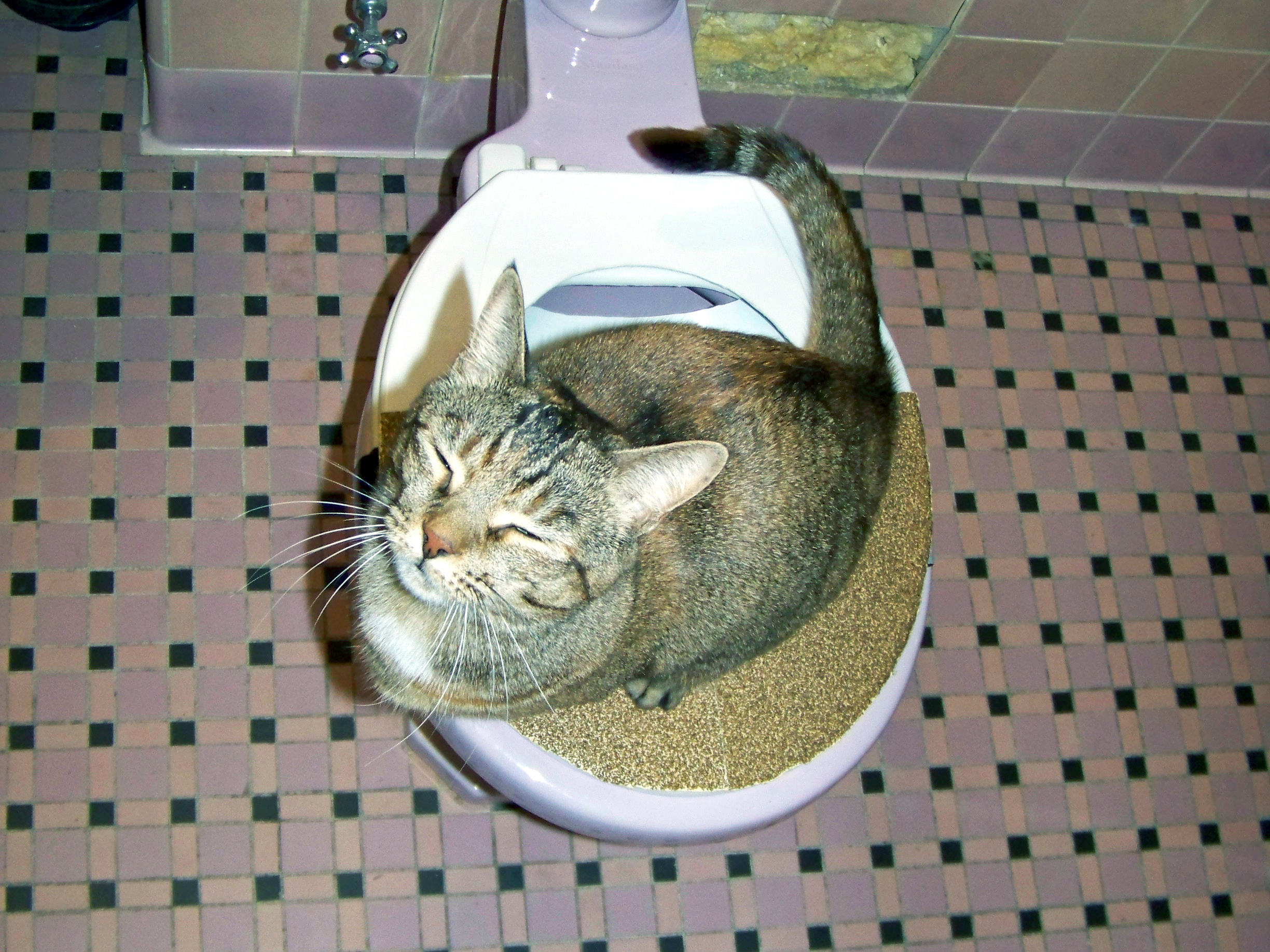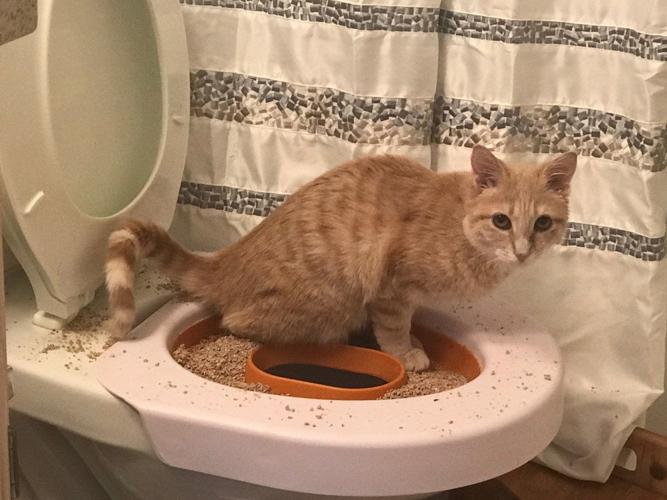Don't Flush Cat Poop Down Your Toilet - Maintain Your Home's Pipe System
Don't Flush Cat Poop Down Your Toilet - Maintain Your Home's Pipe System
Blog Article
The author is making several great pointers on How to Dispose of Cat Poop and Litter Without Plastic Bags overall in this post just below.

Introduction
As cat proprietors, it's necessary to be mindful of exactly how we take care of our feline friends' waste. While it might appear practical to flush pet cat poop down the bathroom, this method can have damaging repercussions for both the environment and human wellness.
Ecological Impact
Flushing pet cat poop presents damaging pathogens and bloodsuckers into the water supply, posing a significant threat to water ecosystems. These impurities can negatively influence aquatic life and compromise water top quality.
Health and wellness Risks
Along with environmental worries, flushing pet cat waste can likewise pose health and wellness risks to human beings. Cat feces might include Toxoplasma gondii, a bloodsucker that can cause toxoplasmosis-- a possibly extreme health problem, particularly for expecting ladies and people with damaged immune systems.
Alternatives to Flushing
Luckily, there are safer and a lot more responsible methods to take care of feline poop. Take into consideration the complying with choices:
1. Scoop and Dispose in Trash
The most usual method of throwing away cat poop is to scoop it right into a biodegradable bag and throw it in the garbage. Make certain to use a specialized clutter scoop and throw away the waste promptly.
2. Use Biodegradable Litter
Go with biodegradable feline clutter made from materials such as corn or wheat. These litters are environmentally friendly and can be securely disposed of in the trash.
3. Hide in the Yard
If you have a backyard, take into consideration hiding feline waste in an assigned area away from veggie gardens and water sources. Be sure to dig deep enough to stop contamination of groundwater.
4. Mount a Pet Waste Disposal System
Purchase a family pet waste disposal system specifically designed for feline waste. These systems make use of enzymes to break down the waste, decreasing smell and environmental impact.
Conclusion
Liable pet dog possession prolongs past providing food and sanctuary-- it also entails appropriate waste administration. By refraining from purging pet cat poop down the bathroom and choosing alternative disposal approaches, we can lessen our environmental impact and secure human health and wellness.
Why Can’t I Flush Cat Poop?
It Spreads a Parasite
Cats are frequently infected with a parasite called toxoplasma gondii. The parasite causes an infection called toxoplasmosis. It is usually harmless to cats. The parasite only uses cat poop as a host for its eggs. Otherwise, the cat’s immune system usually keeps the infection at low enough levels to maintain its own health. But it does not stop the develop of eggs. These eggs are tiny and surprisingly tough. They may survive for a year before they begin to grow. But that’s the problem.
Our wastewater system is not designed to deal with toxoplasmosis eggs. Instead, most eggs will flush from your toilet into sewers and wastewater management plants. After the sewage is treated for many other harmful things in it, it is typically released into local rivers, lakes, or oceans. Here, the toxoplasmosis eggs can find new hosts, including starfish, crabs, otters, and many other wildlife. For many, this is a significant risk to their health. Toxoplasmosis can also end up infecting water sources that are important for agriculture, which means our deer, pigs, and sheep can get infected too.
Is There Risk to Humans?
There can be a risk to human life from flushing cat poop down the toilet. If you do so, the parasites from your cat’s poop can end up in shellfish, game animals, or livestock. If this meat is then served raw or undercooked, the people who eat it can get sick.
In fact, according to the CDC, 40 million people in the United States are infected with toxoplasma gondii. They get it from exposure to infected seafood, or from some kind of cat poop contamination, like drinking from a stream that is contaminated or touching anything that has come into contact with cat poop. That includes just cleaning a cat litter box.
Most people who get infected with these parasites will not develop any symptoms. However, for pregnant women or for those with compromised immune systems, the parasite can cause severe health problems.
How to Handle Cat Poop
The best way to handle cat poop is actually to clean the box more often. The eggs that the parasite sheds will not become active until one to five days after the cat poops. That means that if you clean daily, you’re much less likely to come into direct contact with infectious eggs.
That said, always dispose of cat poop in the garbage and not down the toilet. Wash your hands before and after you clean the litter box, and bring the bag of poop right outside to your garbage bins.
https://trenchlesssolutionsusa.com/why-cant-i-flush-cat-poop/

As a keen reader about Don’t flush cat feces down the toilet, I thought sharing that short article was important. Liked our post? Please share it. Let another person discover it. Bless you for your time. Visit again soon.
Visit My Web Page Report this page